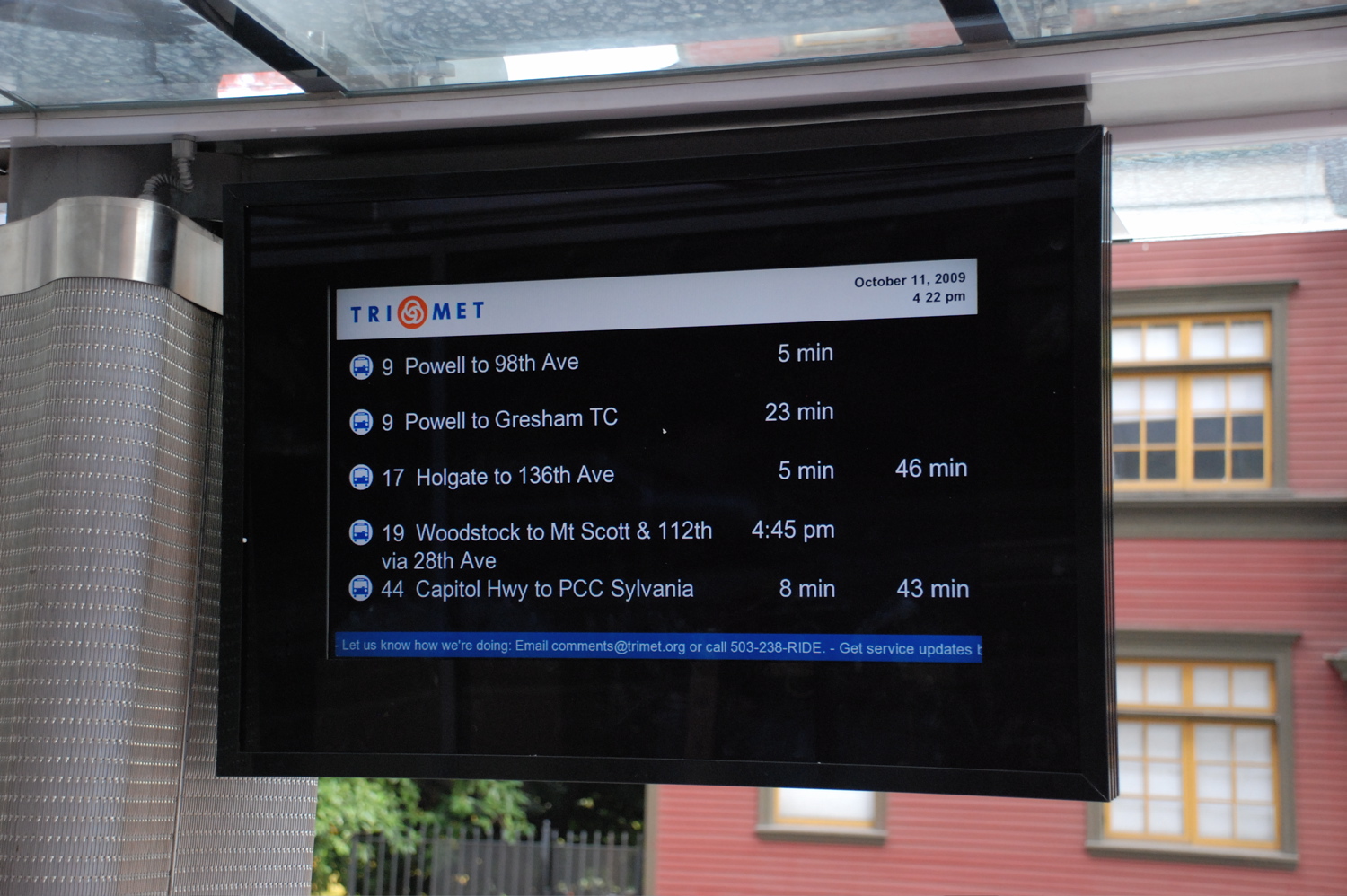
Last Tuesday, the Detroit Department of Transportation unveiled TextMyBus, a service that provides real-time bus tracking data to cellphone-wielding transit riders. The system is simple: text a street address to 50464, and a reply lists nearby bus routes, stop locations, and projected arrival times. The data comes from a GPS device located on each bus, ensuring that the service provides not just bus schedules, but actual wait times.
This is a welcome development for a city administration that has often been accused of prioritizing cost-cutting above all else, frequently to the detriment of quality of service. But it is only the first step -- of many -- we must take to develop the first-rate transit system that our city's residents, visitors, and business owners deserve.
TextMyBus was developed by Code for America, a nationwide nonprofit that helps cities create web applications that tackle urban issues. Prashant Singh, a Code for America software developer who worked on the application, hopes that his organization's work will pave the way for continued improvements to the quality of DDOT's service. According to Mr. Singh, Code for America's 'open source' philosophy means that his work is freely available for other developers to adapt, modify, and expand upon.
"Providing live data in a useable way," Mr. Singh said in an interview, "helps ensure that the experience can become richer in the future, without a reliance on any one organization to develop new technology."
Detroit could soon see applications that move beyond text messaging to take advantage of even more powerful platforms. Services such as Washington, D.C.'s Next Bus feed arrival times to LED signs located in each bus shelter. The University of Michigan's Magic Bus web interface allows users to monitor bus locations, in real time, as they travel around Ann Arbor.
The cost to operate these digital applications is minimal -- mainly text messaging fees in the case of TextMyBus -- and federal grants are likely to pick up the tab in the future, Mr. Singh said.
Improvements such as these provide indirect benefits that extend far beyond the enhanced quality of service they provide for transit riders. Helping commuters (many of whom don't have access to a car) get to work and school reliably contributes to the economic vitality of the region as a whole. Quality transit attracts tourism, conventions, and businesses. Increased transit ridership even means less traffic and decreased road maintenance costs for those of us who do use a car.
Our most challenging work, however, is still to come. The creation of a much-needed regional transit authority would improve city-suburban connectivity in a region where, presently, users often can't travel the length of Woodward Avenue without transferring from DDOT to SMART at the city limits. It might even leverage private and federal investments in M-1 Rail and a proposed 110-mile bus rapid transit system linking the city with its suburbs. Improved connectivity among the city's bus systems, Amtrak, the People Mover, Transit Windsor, and Detroit Metropolitan Wayne County Airport is also essential.
Thank you, Code for America, for getting the ball (or bus) rolling in Detroit. Now let's build off of this momentum to ensure that TextMyBus is the first step of many more.
